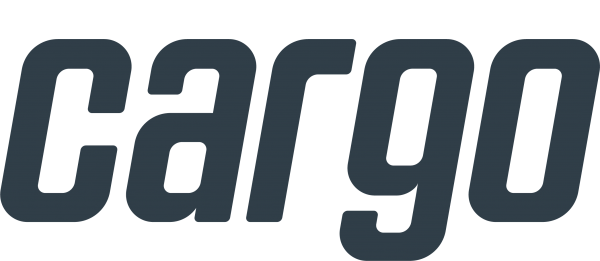Three takeaways from the ABA Bank Marketing Conference to help financial services brands thrive in 2023
The Cargo team recently traveled to Denver, Colorado to attend the American Bankers Association (ABA) Bank Marketing Conference. Throughout our time learning, networking, and exploring the mile high city, we noted three major trends shaping the financial services industry as we approach 2023.
Experienced marketers perusing this article will notice — these trends aren’t necessarily new. Truly, they’re almost marketing buzzwords at this point. But what’s new is their staying power. And, quite frankly, their disruptive impact. So, let’s talk takeaways. Here are three marketing trends financial brands must keep top of mind to increase revenue and market share.
Takeaway #1: Digital Marketing is Evolving. Fast.
“Digitally-engaged companies empower sales reps to sell online, and digitally-engaged sales reps help customers win the day.” – Bill Kitsch
Today’s digital marketing toolbox overflows with platforms, resources, and strategies designed to win business. The problem is digital marketing evolves at a rapid pace and customer expectations are changing just as fast. Customers want to interact, communicate, and purchase 100% digitally. In fact, 70-80% of modern B2B decision-makers prefer remote face-to-face interactions. And on top of that, 44% of Millennials are looking for a sales-less purchase experience.
So, how can you develop meaningful relationships with customers who don’t want to shake hands and don’t want to hear a sales pitch? Two words: digital engagement.
The customer journey typically involves 12-15 touchpoints before conversion. But here’s the good news — most customers expect these touches. They expect to be followed and served applicable digital offers, which means brands focused on digital engagement can use any tool in their proverbial toolbox to win business.
If you think banner ads are a thing of the past, you’re not fully engaged digitally. Sure, banner ads may not directly bring much revenue. But they do improve brand visibility, which can ultimately contribute to successful conversion. Every tool — from traditional banner ads to emerging tech like AR/VR, data analysis tools, marketing automation, and persona segmentation — can be sharpened and used as part of an effective strategy to win business.
We love this insight Bill Kitsch shared at the conference: “Digitally-engaged companies empower sales reps to sell online, and digitally-engaged sales reps help customers win the day.”
Takeaway #2: The Generational Shift
The world of work is changing. A generational shift is sweeping the workforce, calling marketers to attract customers and workplace talent.
Millennials (born between 1981 and 1996) are now between 26-41 years old. Yes, the teenagers who were once addicted to getting their hands on every new iPod, cell phone, or laptop are all grown up. And now they’re running the workplace. In fact, Millennials represent the largest generational group in the workforce at 35%.
As a generation, Millennials are passionate, cause-driven, and uncompromising when it comes to their personal values in the workplace. This is especially true post-pandemic. Employees want to return to work, but only if it looks different than it did in 2020. And if their demands aren’t met, they’ll look for work elsewhere.
What are recruits looking for, and how do their demands differ from two year ago? According to Johnny Taylor Jr.’s keynote presentation, new workplace expectations look a little something like this:
2020 Workplace Expectations (2022 Workplace Expectations)
- Remote Work (Flexibility)
- Perks ($$$)
- Job Security (Career Development)
- DEI Programs (Culturally-Embedded DEI)
- Sympathy (Empathy)
- Physical Wellness (Mental Wellness)
To accommodate these needs, employers are offering loan repayment, open leave, pet insurance, flexible work arrangements, bonuses, tuition reimbursement, and more.
On top of these new deal-breaking worker demands, employers are also battling a wage inflation tidal wave. The average working professional now expects to make $67K, which is a higher bar than ever before.2 However, at the same time, labor participation is down 62.1% and productivity is at an all-time low.2
So, how can employers stay afloat? Johnny Taylor Jr. shared two key things to focus on during the recruitment process. First is cultural clarity. Don’t bend the truth about your company culture just to get a new hire in the door. Ultimately, your culture’s not for everyone — and that’s okay. Taylor’s second piece of advice is to only hire for skills and cultural alignment. Let the rest fall into place on its own.
These shifts are driving marketers to promote their company and their brand, which leads to our last takeaway.
Takeaway #3: Authentic Branding is Key to Success
“Investing in content over advertising creates value over time.” – Ryan Holiday
Considering the other two we explored; our third takeaway should come as no surprise. And that’s keeping your brand authentic.
The most successful brands can be associated with a single word. For example, what brand comes to mind when you think of “search?” What about “tissues”, or even the word “brown?” Part of the reason brands like Google, Kleenex®, and UPS® have become household names is clear and concise branding. The products/services these brands provide are simple and straightforward. Google is an online search engine that helps you find the answer to any question. Kleenex® provides facial tissues to soothe your nose through allergy season. And UPS® brings packages to your door with speed and reliability.
Marketing your brand starts with your employees and internal stakeholders. Can they explain who you are and what you do in a short sentence like this? If not, how can you expect your brand to resonate with your customers? Simplify your product or service offering into one sentence (or better yet, one word). If you can’t, it’s too complicated.
Ryan Holiday’s keynote presentation offered some great insights into the subject of authentic branding. But one of our favorites was this: “Investing in content over advertising creates value over time.” So, use your authentic brand to make things that matter. Create more work that helps people and less that promotes yourself. Oh, and be simple, straightforward, and authentic when you do.

